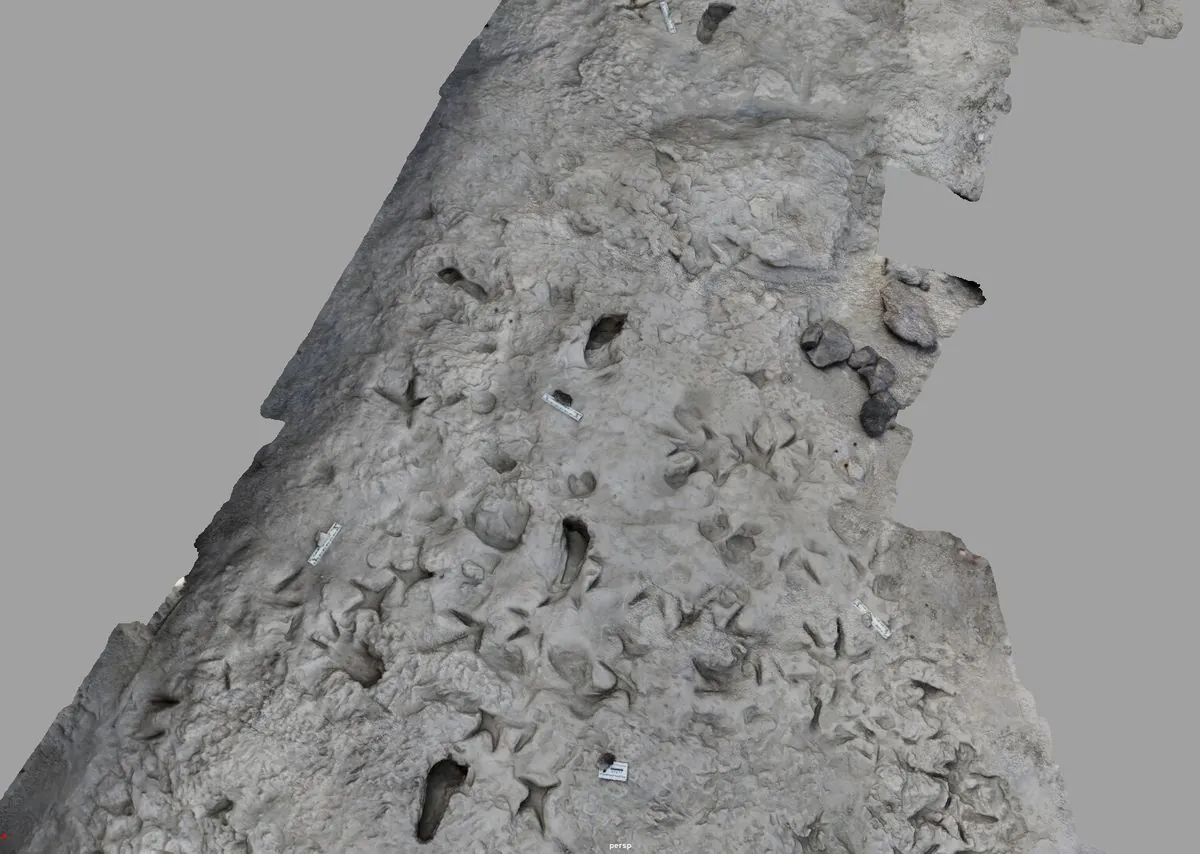Ancient footprints show how two human ancestors walked same muddy shore
Scientists found 1.5-million-year-old footprints of two different human ancestors in Kenya. The discovery shows how these species lived in the same area sharing resources near an ancient lake

Back in 2021 scientists made a ground-breaking find near Lake Turkana Kenya: ancient footprints from two early human species that walked the same muddy shore about 1.5 million years ago
The tracks belong to Paranthropus boisei and Homo erectus - two different human ancestors who left their marks alongside various animal footprints (including antelopes horses and giant storks). The mud preserved twelve 26-cm long prints from a grown-up P boisei and three smaller prints from what mightʼve been a young H erectus
These species were quite different: P boisei was shorter with ape-like feet and huge chewing muscles; while H erectus looked more human-like with a bigger brain. The way they walked wasnt the same either - P boisei had flat feet with a movable big toe whereas H erectus walked just like we do with stiff arched feet
Scientists think both species used this area near an ancient rivers mouth despite dangers from crocs and hippos. Their eating habits were different though: P boisei ate tough plants that needed lots of chewing; H erectus used tools and ate meat too
The fossil footprints provide us a clear picture of that instant in time 1.5 million years ago. The different human ancestors may well have passed by each other wading in the shallow water possibly hunting and gathering
The tracks show these two species lived in the same place for about 200000 years. P boisei died out later but H erectus kept going and was the first human species to leave Africa





























